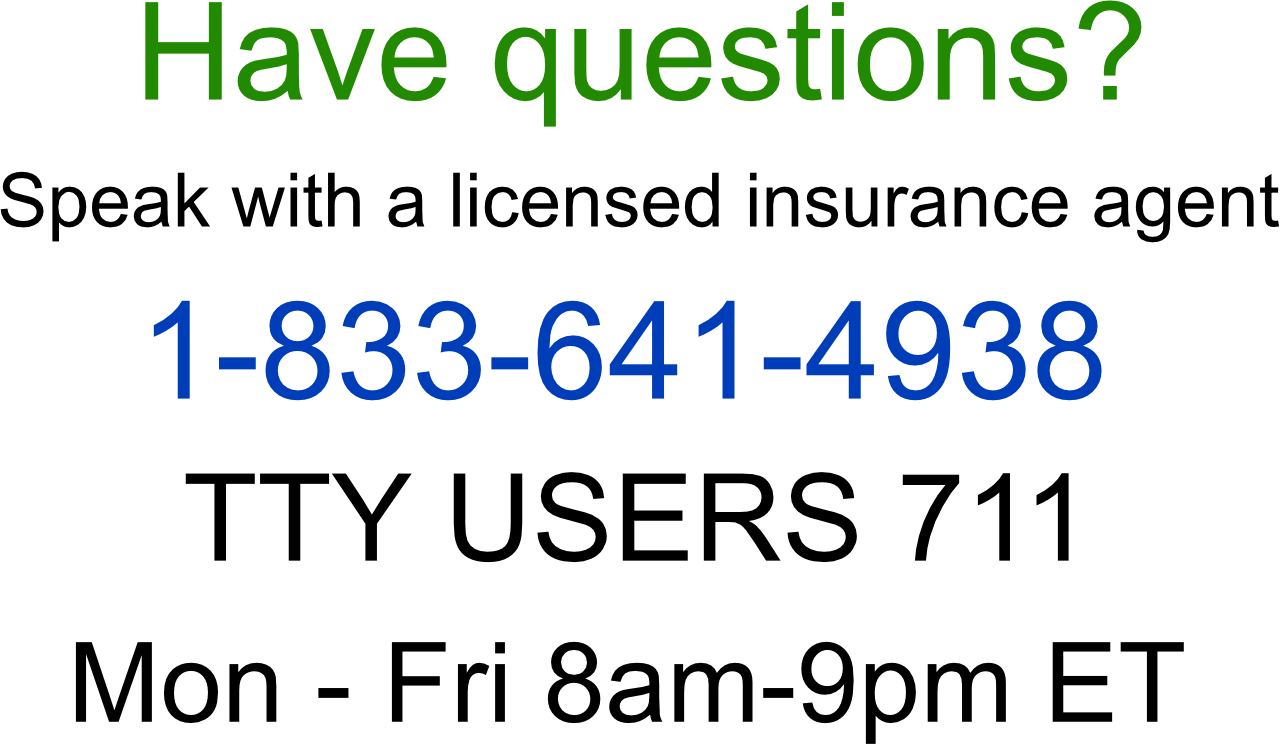Medicare Healthy Food Card
If you’re looking for information about the Medicare Healthy Food Card, this article can help. If you’re part of a Medicare Advantage plan, you may qualify for this card used exclusively at participating stores to buy nutritious foods, such as fruits and whole grains.
This article will walk you through the essentials: understanding your eligibility, activating your card, and managing your card funds effectively to support a healthy diet.
Key Takeaways
- The Medicare Healthy Food Card, offered through specific Medicare Advantage plans, could provide beneficiaries with a prepaid card to purchase nutrient-rich groceries such as fruits, vegetables, and lean proteins, possibly improving health outcomes and potentially reducing grocery expenses.
- Eligibility for the Healthy Food Card will likely depend on enrollment in certain D-SNP and C-SNP Medicare Advantage plans, and criteria like service area, income levels, and health conditions might affect qualification.
- The card will likely be widely accepted at major grocery chains and may even allow for in-store and online purchases, though it may exclude items like candy, alcohol, and non-food products unless a separate OTC benefit has been provided.
Compare Plans in One Step!
Enter Zip Code
Understanding the Medicare Healthy Food Card

The Medicare Healthy Food Card could serve as a way to provide better health. This potential Medicare grocery benefit may only be provided by certain Medicare Advantage plans, giving qualified beneficiaries a prepaid card to buy nutrient-rich groceries.
These cards will likely give a monthly allowance that may only be dedicated to purchasing healthy foods like:
- fruits
- vegetables
- lean proteins
- whole grains
Keep in mind, that this healthy food benefit may not be offered by all Medicare Advantage plans. Specific D-SNP and C-SNP plans might provide this coverage, but eligibility may vary based on potential factors such as the service area or plan type.
However, once you qualify and receive your card, you can use it to purchase qualified healthy foods and over-the-counter items at designated establishments.
Eligibility Criteria for the Healthy Food Card
The eligibility criteria for a Healthy Food Card will likely hinge on enrollment in specific Medicare Advantage plans that provide this benefit.
You may also qualify based on a qualifying health condition as established by your Medicare Advantage plan.
Additionally, your eligibility for the Healthy Food Card could be influenced by potential income limitations. Your specific Medicare Advantage plan and their requirements, which may include meal delivery services, will likely dictate this aspect.
How to Activate and Use Your Card
Activating your Healthy Food Card is straightforward once you receive it. You can activate it online at Healthy Benefits Plus or by calling 855-396-0691 (TTY: 711).
At checkout in participating grocery stores, just have the barcode on the back of the Healthy Benefits card scanned, and the balance will be automatically applied to approved items.
The Potential Benefits of Having a Healthy Food Card

The Healthy Food Card could offer benefits that may extend beyond mere grocery spending. This card could potentially enhance the accessibility of nutritious food for Medicare Advantage members by potentially enabling them to purchase :
- fruits
- vegetables
- whole grains
- other healthy foods
However, the benefits may not be merely about accessibility. Possessing a Medicare Healthy Food Card may also offer a monthly allowance that will likely be designed for the purchase of nutritious foods.
This aid could significantly contribute to improved health outcomes, especially for those managing specific chronic conditions. Some plans may even offer a meal delivery service.
In addition, the Healthy Food Card could also help Medicare recipients by:
- Potentially reducing their out-of-pocket grocery expenses through subsidies
- Receive partial cost coverage for healthy food purchases
- Receive a specific allowance for healthy food purchases
Possible Impact on Overall Health
The positive influence of a nutritious diet on overall health could be significant. Consuming a well-balanced diet will likely provide healthy food benefits, such as:
- Energy
- Essential nutrients for growth and repair
- Aid in the prevention of chronic diseases
- Enhance mood and mental focus.
Maintaining a balanced diet may even reduce the risk of developing chronic diseases such as:
- obesity
- heart disease
- type 2 diabetes
- certain types of cancer
Consuming high amounts of fruits and vegetables could decrease the risk of coronary artery disease (CAD) and stroke.
Participating Retailers and Grocery Stores

The Healthy Food Card will likely be accepted at a wide variety of retailers and grocery stores. These may include major grocery chains such as:
- Walmart
- Kroger
- Food Lion
- CVS
- Walgreens
You may even use your Healthy Food Card for both in-store transactions and online grocery shopping, possibly giving you the flexibility to shop at your convenience.
You could also use the store finder tool on the Healthy Benefits Plus website to determine if your local grocer accepts the Medicare Healthy Food Card.
However, keep in mind that there may be geographical restrictions, as certain operators like food trucks may not accept the card in specific locations.
What Can You Purchase with Your Healthy Food Card?

With this card, members may be able to purchase items like:
- fruits
- vegetables
- lean proteins
- whole grains
But the Healthy Food Card’s potential benefits may extend beyond just food items. You could also buy over-the-counter medicine and products from participating stores, in addition to healthy food and produce.
Excluded Items from the Benefit
Despite the numerous benefits a Healthy Food Card could offer, it’s crucial to comprehend what it may not cover. Items such as:
- candy
- chips
- coffee
- desserts
- soda
- sugary processed foods
will likely be excluded from the Healthy Food Card benefits. You may also not be able to purchase alcoholic beverages and carbonated soft drinks with the Healthy Food Card as they may not be covered by the Medicare food allowance program.
Moreover, nonfood items may also not be eligible for purchase with the Healthy Food Card.
However, certain Medicare Advantage plans may provide a separate Over the Counter (OTC) benefit that could allow you to acquire nonfood items from participating pharmacies.
Navigating Plan Options with Healthy Food Benefits
Finding your way through the multitude of Medicare Advantage plans might seem overwhelming. Luckily, our licensed insurance agents can help you navigate the maze of plan options. They could provide details about available plans that may offer:
- grocery allowances
- dental and vision coverage
- fitness benefits
They could also assist you in finding a plan that aligns with your needs and preferences.
When selecting a Medicare plan with Healthy Food Benefits, you should consider possible factors such as:
- Vision, dental, and hearing coverage
- The provision of grocery allowances or meal delivery options
- Costs
- Medical needs coverage
- Prescription drugs
- Major medical issues
Assistance from Licensed Insurance Agents
While the plethora of Medicare Advantage plans might seem overwhelming, our licensed insurance agents can help.
They can assist you in enrolling in Medicare plans and offer guidance on your Medicare options.
Licensed insurance agents can guide you in choosing the right Medicare Advantage plan by:
- aiding you in understanding your options
- assessing different plans
- offering advice based on their expertise
- facilitating the enrollment process
- ensuring you get coverage that aligns with your requirements
So, don’t hesitate to seek their help when you’re exploring Medicare plans that offer the Healthy Food Card benefit. You can contact them by calling 1-833-641-4938 (TTY 711), Mon-Fri 8 am-9 pm EST.
Additional Nutrition Services Covered by Medicare
The Healthy Food Card will likely represent one of the numerous strategies that may be employed by Medicare to promote healthy nutrition.
Medicare could also cover additional nutritional services like nutrition therapy services under Medicare Part B for individuals with specific health conditions.
These nutrition therapy services might include Medical Nutrition Therapy (MNT) for beneficiaries with kidney disease or those who have undergone a kidney transplant. This therapy will likely be administered by registered dietitians or other state-approved nutrition professionals.
To access these nutrition therapy services, you’ll likely need to obtain a referral from a qualified healthcare professional.
Maximizing Your Grocery Allowance

While possessing a Healthy Food Card is beneficial, understanding how to optimize your grocery allowance may be just as important.
Combining your Healthy Food Card with additional discounts and potential offers, like store sales and coupons, could help you save even more on your grocery expenses.
Moreover, several retail stores may also provide opportunities to avail themselves of deals and discounts in conjunction with the Healthy Food Card. Some of these stores may include:
- Walmart
- Kroger
- Safeway
- Albertsons
- Publix
The Healthy Food Card could also be combined with a discounted membership for SNAP participants, which may be offered by Instacart. With careful planning and smart shopping, you could potentially stretch your grocery allowance and possibly enjoy even more grocery benefits in terms of health.
Combining Potential Discounts and Offers
The Healthy Food Card could significantly contribute to healthier eating habits and combining it with other discounts may further increase the value of your grocery allowance. However, potential limitations and restrictions may apply.
Members could potentially find discounts and coupons through the Healthy Savings program. By scanning their cards or mobile apps during checkout, cardholders can promptly deduct the discounts from their total bill.
Food Lion may also provide supplementary discounts for Healthy Food Card users through their Healthy Savings program. With these strategies, you could potentially optimize your savings.
Keeping Track of Your Healthy Food Card Funds
Effective management of your Healthy Food Card funds will likely be key to maximizing your potential benefits. You can monitor your funds online by activating your card at Healthy Benefits Plus or contacting 855-396-0691 (TTY: 711).
You may also view your current balance and locate participating retailers by visiting Healthy Benefits Plus™ or calling 855-256-4620 (TTY: 711).
Several mobile applications will likely be available to assist in monitoring your Medicare Healthy Food Card funds. These may include:
- CarePlus Health Plans Care Essentials Card
- Aetna Healthy Food Card App
- Humana Healthy Spending Account
So, whether you’re at the grocery store or home, keeping track of your Healthy Food Card funds could be just a few clicks away.
Summary
The Medicare Healthy Food Card may be more than just a benefit; it’s a tool that could offer better health. It could offer eligible beneficiaries a practical way to purchase nutritious food items, possibly promoting better health outcomes, and potentially reducing out-of-pocket expenses.
From understanding the card’s nuances, navigating plan options, and maximizing your grocery allowance, to keeping track of your funds, this guide has explored the many facets of the Healthy Food Card.
Frequently Asked Questions
→ Does Medicare have a Healthy Food Card?
Yes, some Medicare Advantage plans may offer a health food card that could be used to purchase healthy food and other related products from participating stores. This benefit may not be included in Original Medicare.
→ Is Medicare offering a grocery allowance?
No, Original Medicare (Parts A and B) may not offer a grocery allowance, but some Medicare Advantage plans and special needs plans may provide a grocery allowance to beneficiaries with chronic health conditions.
→ How to get a Healthy Benefit Plus card?
To get a Healthy Benefits Plus card, you should visit the Healthy Benefits Plus website, click on the ‘Apply Now’ button, fill out the application form with your personal information, and submit the application.
→ Where can I use my Healthy Food Card?
You could use your Healthy Food Card at major grocery chains like Walmart, Kroger, Food Lion, CVS, and Walgreens.

ZRN Health & Financial Services, LLC, a Texas limited liability company
Russell Noga is the CEO of ZRN Health & Financial Services, and head content editor of several Medicare insurance online publications. He has over 15 years of experience as a licensed Medicare insurance broker helping Medicare beneficiaries learn about Medicare, Medicare Advantage Plans, Medigap insurance, and Medicare Part D prescription drug plans.



